25+ Sample Business Impact Analysis Templates
-
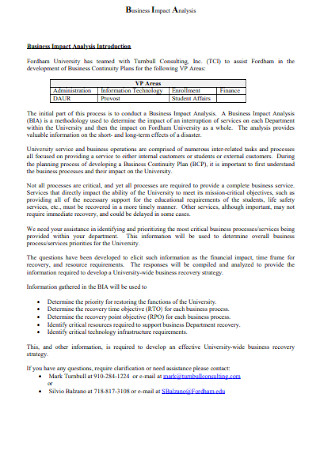
Business Consulting Impact Analysis
download now -
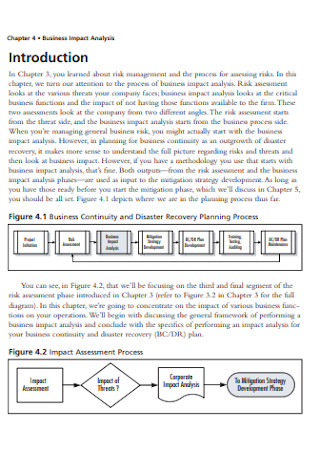
Simple Business Impact Analysis Template
download now -
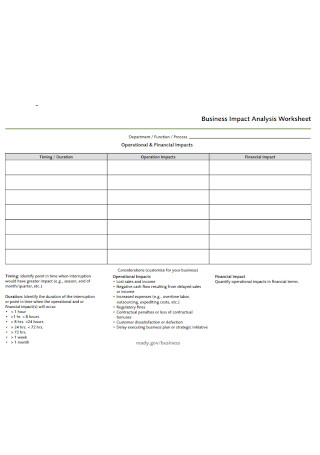
Business Impact Analysis Worksheet
download now -

Company Business Impact Analysis
download now -
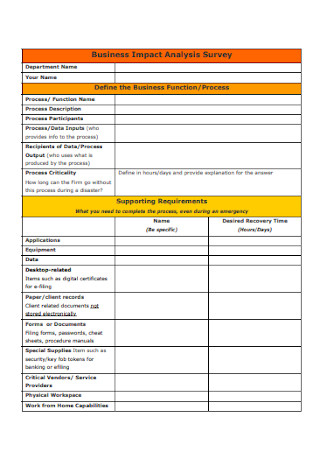
Business Impact Analysis Survey Template
download now -
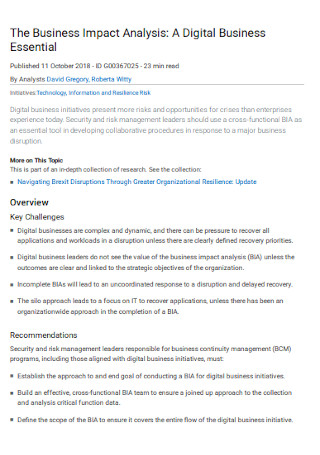
Digital Business Impact Analysis
download now -
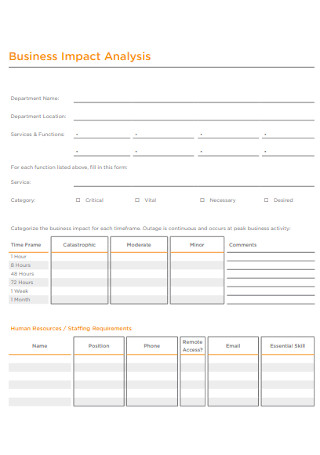
Business Impact Analysis Form
download now -
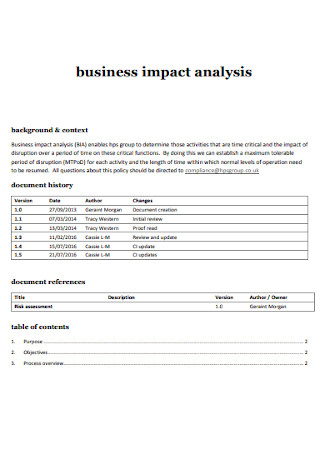
Basic Business Impact Analysis
download now -
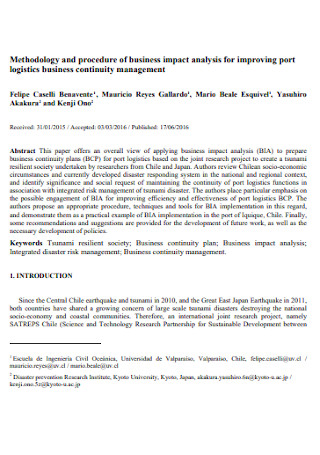
Logistics Business Impact Analysis Template
download now -
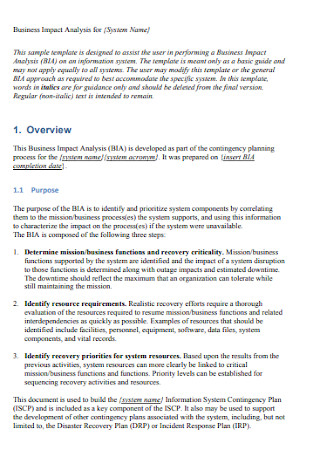
Sample Business Impact Analysis Template
download now -

Hospital Business Impact Analysis Template
download now -
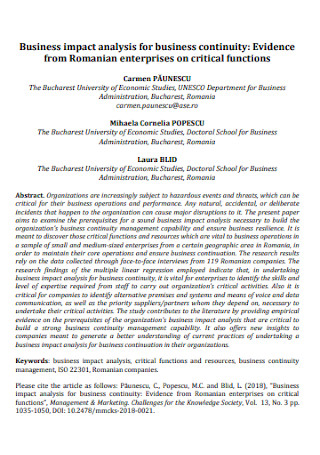
Enterprises Business Impact Analysis
download now -
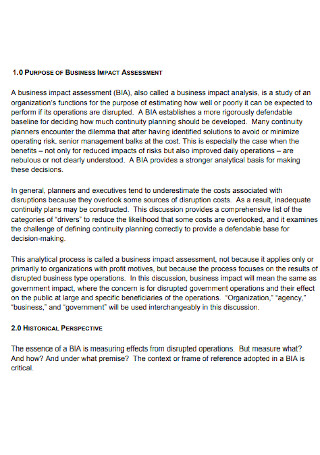
Business Impact Assessments Analysis
download now -
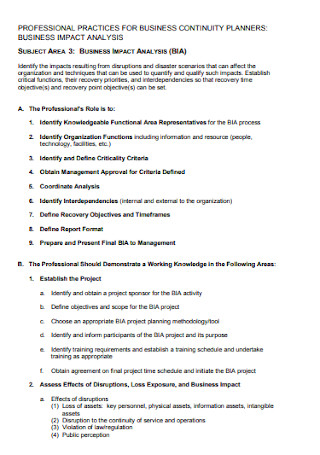
Professional Business Impact Analysis
download now -
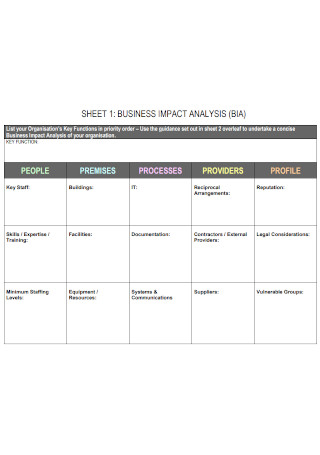
Busiiness Organization Impact Analysis
download now -
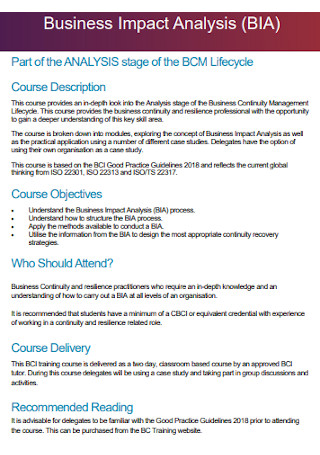
Business Lifecycle Impact Analysis
download now -
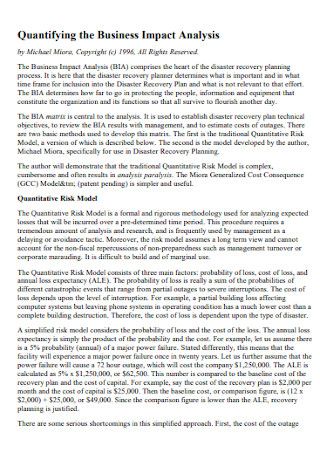
Formal Business Impact Analysis Template
download now -
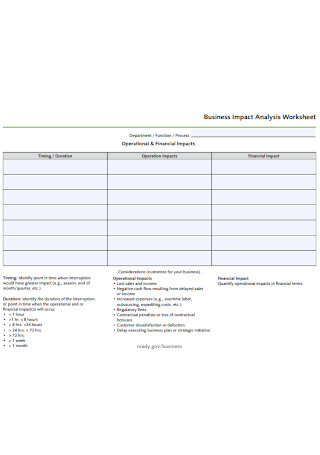
Sample Business Impact Analysis Worksheet
download now -

Business Impact and Recoverability Analysis
download now -
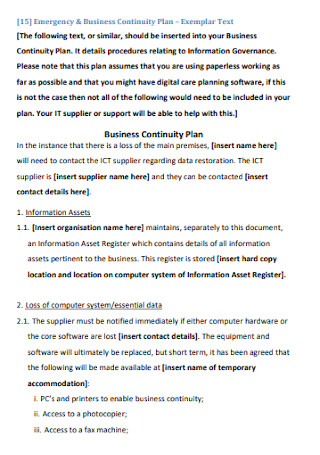
Business Impact Analysis Plan
download now -
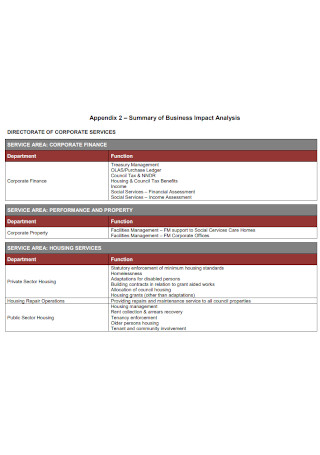
Summary of Business Impact Analysis
download now -
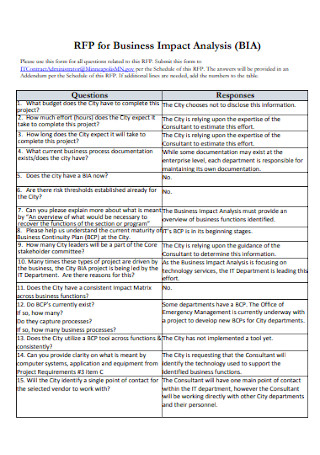
Business Impact Analysis Format
download now -
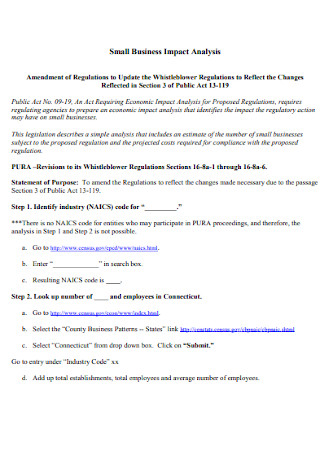
Small Business Impact Analysis
download now -
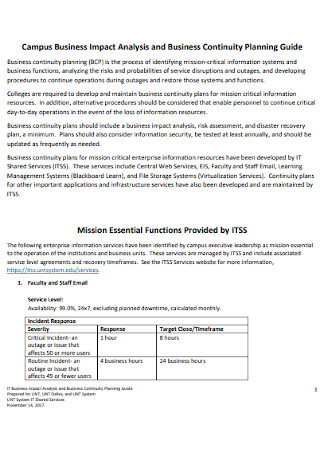
Campus Business Impact Analysis
download now -
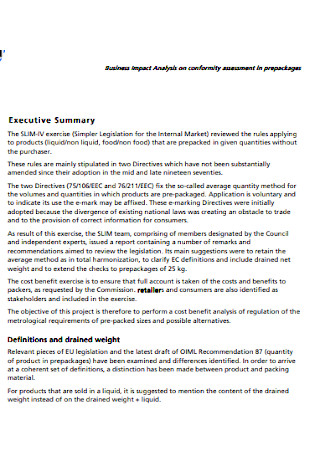
Business Impact Analysis on Conformity Assessment
download now -
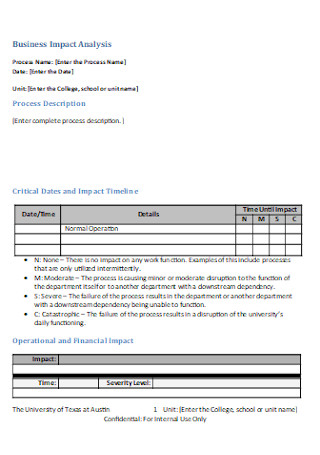
Printable Business Impact Analysis
download now
FREE Business Impact Analysis s to Download
25+ Sample Business Impact Analysis Templates
What Is a Business Impact Analysis?
What Are the Benefits of Business Impact Analysis?
The Impact of Not Considering BIA
How to Conduct the Business Impact Analysis
FAQs
What outcomes can you expect from BIA?
What is the relationship between BIA and risk assessment?
What are the usual challenges in managing BIA?
What Is a Business Impact Analysis?
Business impact analysis is a systematic process that observes business continuity plans by recognizing the main priorities to protect an organization and ensure no disruption occurs in business. Expect BIA to predict what common issues will disrupt business function and calculate the best disaster recovery strategies. BIA also works hand in hand with risk assessment where potential losses must be scrutinized until no further interruption and problems affect operations. Thanks to this analysis report, businesses can survive longer.

According to a report regarding the impact of COVID-19 on the global economy, it was estimated that major companies could lose nearly 2.4% value of GDP in 2020.
Also, SmallBizGenius reported that in 2016, about 25 million Americans were already starting or running their business.
Meanwhile, Wealth-X added that 62% of American billionaires are self-made.
Business Impact Analysis: Why Is It Crucial?
First of all, BIA is critical in any business because this risk analysis is one of the major requirements to complete your business continuity plan. And planning without the complete requirements is pointless because you would not know what resources and factors to study or manage afterward. For example, project management would not begin without setting clear requirements, and the same applies to business continuity by providing an effective BIA.
One of the major reasons the analysis is crucial is how you can predict how your enterprise deals with lost sales, tax fines, delayed income, increasing expenses, and so much more. And in the US alone, there were already 25 million Americans who already started running their business in 2016. That report alone proves how one cannot overlook business impact analysis since millions of people would have their companies affected if they are too complacent that nothing ever goes wrong.
What Are the Benefits of Business Impact Analysis?
People would not simply conduct a business impact analysis without practical reasons behind it. Indeed, just like any industry analysis, the process can be time-consuming, especially with much data to consider. But the effects are worth it if managed well. In this segment, we outlined some of the major benefits to expect in processing BIA.
The Impact of Not Considering BIA
Indeed, business impact analysis is beneficial, as reported above. But have you ever thought about what effects follow if you do not consider the said analysis? When you fail to conduct BIA, particularly when you are supposed to craft a business continuity plan after, expect the following impacts to commence:
Inaccurate Program Scope
Your expectations and the actual program performance may be irrelevant or inaccurate without proper scoping. Bear in mind that not being fully prepared with the appropriate requirements will lead to incorrect strategies or plans; thus, leading to gaps in the business continuity process. And without BIA, you would not fully understand the gaps and risks of the business continuity aspects. The risk or gap analysis is an essential part of the program, and wrong insights will cause inefficiency.
Confusion of Recovery Priorities
Besides finding it difficult to determine the scope, the BIA’s absence also leaves you confused regarding what recovery priorities you should focus on. Maybe you have good intentions to build your business, yet you failed to assign the correct recovery objectives. Therefore, your entire plan still needs a solution. An example is when an information technology expert fails to provide complete data in making recovery objectives. Hence, the disaster recovery plan will be confusing to establish.
Lack of Preparedness
From the moment your enterprise experiences the unexpected, like continuously losing sales, your company would not know how to adjust to such circumstances. Why so? Because BIA is supposed to be your preparation for such matters. A lack of preparedness will leave you anxious since you have no backup plan when you need to recover. Keep in mind that BIA has questions laid out in a questionnaire, and answering each will help you be prepared for future circumstances.
How to Conduct the Business Impact Analysis
You already know what BIA means, including its importance. More so, you determined the advantages of having BIA and the disadvantages of lacking it. Now, are you prepared to know how the business impact analysis process works? Do not worry since we got you covered on how to manage it on a step-by-step basis. What is even better? We have sample BIA templates prepared for you to download, as seen above. Just pick the right template of your choice, tweak it, and follow these steps:
Step 1: Know Your Purpose
Anyone can start a business impact analysis but not using it for the right purpose is wrong. Are you planning the BIA for a school, hospital, restaurant, or any business? And do you need it for general use or specifically for your company’s quality service, cybersecurity, management, budget, etc.? Note it down. By clarifying your purpose, you will know what to start focusing on in the analysis. And other important aspects to prioritize will slowly be identified as you follow through with the analysis.
Step 2: Find the Business Impact Analysis Scope
Determine the scope to perform a successful BIA. You already know that the appropriate activities and resources should be within the right scope. Expectations and actual performance would slowly align when you have in-scope services and products anyway. Thanks to this process, you will know how to support the critical aspects during disruptions. And the important questions to address are: (1) Why do you need business continuity? (2) What are you protecting? (3) Who is part of the process? (4) What do you need for business continuity?
Step 3: Set a Schedule for Interviews
It is vital to meet with every department’s leaders or anyone required in the subject matter. To do that, appoint a schedule for interviews. Inform everyone ahead that the meeting is specifically for BIA purposes. That way, everyone will be prepared for what to expect and contribute. The schedule should be when everyone can make it; otherwise, some points might not be heard when some important people are missing. The participants must also know about the key priorities, the department’s regular activities, and the required resource dependencies.
Step 4: Establish Both BIA and Risk Assessment Interviews
Next, do the interviews as they are crucial for both BIA and risk assessment. The interviews help you know about each department’s activities to establish until the gathered data will support the in-scope product and service delivery. Expect to document every application, facility, third-party supplier, staff, equipment, and others. The answers and insights taken from interviews will then be analyzed to create smart decisions that can help that business brace for any particular impact.
Step 5: Document and Finalize the BIA Report
From the data collection, interviews, and analysis, documented reports must follow. Documentation helps in ensuring you have all things noted or written down for proof and compliance. Your document is also what you shall present to anyone in charge of the business continuity program for the management’s review or endorsement. The documented report can be summarized, but make sure the significant points are present. You can make it detailed but direct at the same time. Ensure that the report revisits the identified aspects discussed earlier, clarifies the needed recovery time, and showcases the risks and suggestions to address. Rest assured that you build a resilient business in the end.
FAQs
What outcomes can you expect from BIA?
Different outcomes can happen from BIA, depending on what you focus on. But generally, you can expect three major outcomes. First, the in-scope services and products will be prioritized. You better continue to protect your priorities, so your business can quickly recover from disruption. Second, you discover the appropriate business resources and activities. And lastly, the recovery plan is prepared in timeframes, particularly with RTOs used.
What is the relationship between BIA and risk assessment?
It is common for BIA and risk assessment to be talked about simultaneously. And that is because business continuity programs often perform them in coordination. Nonetheless, they both help in estimating possible downtime impacts and in adjusting to such difficulties.
What are the usual challenges in managing BIA?
Most challenges in dealing with business impact analysis come from inaccurate or irrelevant data, too much data, infeasible recovery time, lack of vision, and how time-consuming the procedure goes. But with the right management, rest assured it is achievable.
Many people find a business impact analysis to be tiring and time-consuming. But do not let it stop you from conducting it. You might lose your business anytime when you face various disruptions at some point. With BIA, you capture the essential details of business activities, dependencies, staffing or equipment requirements, and risks. Aim to protect your organization no matter what, or you could lose numerous assets. And remember, according to Wealth-X, 62% of US billionaires are self-made. So if you handle your enterprise well, with BIA as part of your regular plan, becoming a billionaire is not exactly impossible with that business you started.
